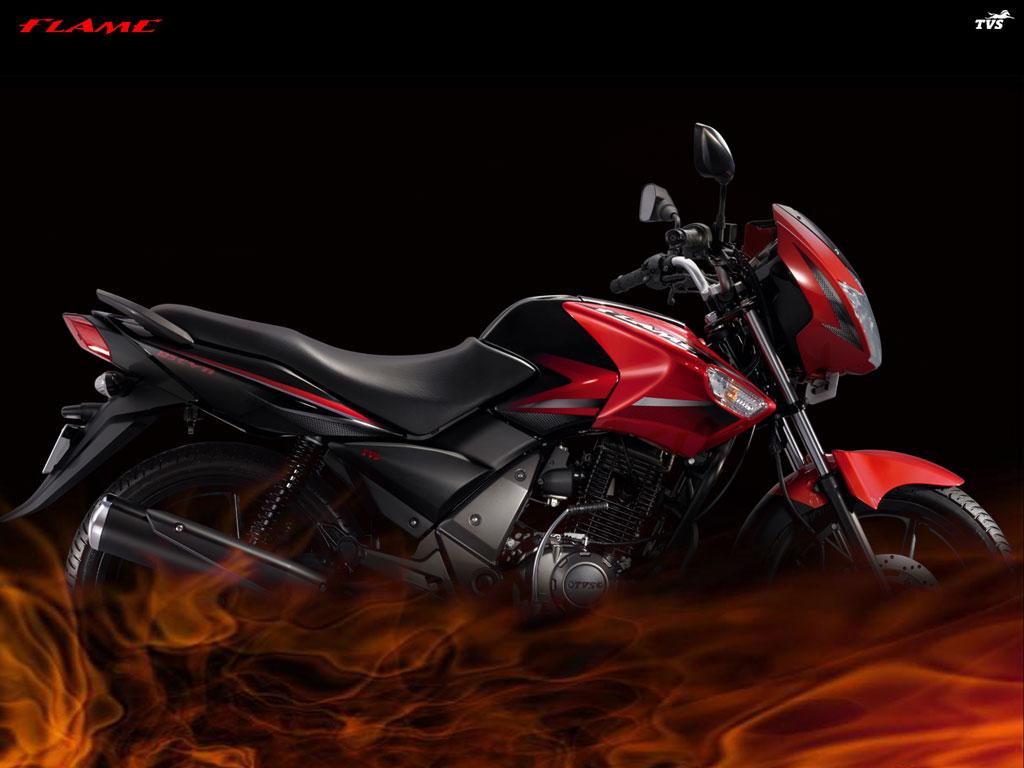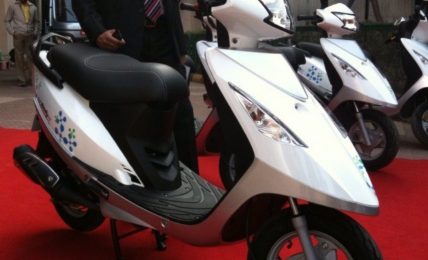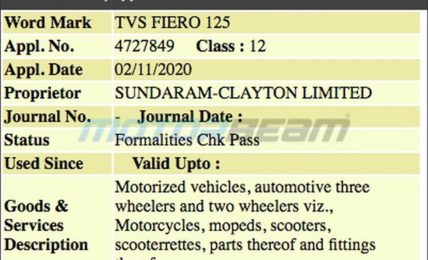The first sighting-instruction lap led by Dakar rider, Joan Pedrero
Always look where you want to go and accelerate to keep the momentum alive
The next round or the practice session was on the RTR 450 FX. The 450cc, single-cylinder, liquid-cooled motor produces a crazy amount of torque. Weighing just 120 kgs, the only difficult task for me was to get on the bike. Both the Dakar 450 and the RTR 450 FX have a seat height of 950 mm. However, the seat height was reduced to about 900 mm for us on the RTR 450. The first lap again I took it slow but gunned it all the way in the next two laps. I was surprised to find that I took double the time of our Dakar riders. Yes, it was super challenging and enthralling too.
The RTR 450 FX is massive yet light, perfect for grit riding
The RTR 450, however, had knobbies mounted on the 21-inch front and an 18-inch rear spoke wheel. As it comes with a perimeter frame it was a gem to handle. Stand up, lean in a little forward, shoulders parallel to the handlebars and go flat-out! The RTR 450 FX was so epic that I finished 3 laps in no time and I wanted to do more. I actually learned more about riding and control on the RTR 200 but the RTR 450 was sheer fun. As I didn’t know the sport so well nor could I ride all out it was an almost overkill for me. Just when I say it was an overkill, a supermoto version of the 450 FX with slicks or road tyres would be a market killer.
That’s the amount of suspension travel on the huge Dakar 450 motocycle
With a 48 mm WP upside-down suspension at the front with a 300 mm travel and a WP monoshock with 330 mm travel do duty on both the 450s. Both the suspensions have adjustable compression and rebound settings. Although, the RTR 450 gets smaller discs than the Dakar 450. At 270 mm front and 220 mm rear, the brakes offer stupendous stopping power. There are Brembo calipers both at the front and the rear yet there is no electronic aid like ABS to help around. With a performance exhaust like the Akrapovic which was present on the 450s, the sound was maddening. Hearing the single cylinder go braaap all around the track was more than exciting.
Getting some air time is so easy, landing back on two wheels is difficult
After our sessions ended, the track was given to the TVS-Sherco 3 riders – Joan Pedrero, Adrien Metge and Aravind KP. These guys went all out for about 5 laps and it was the best Motocross-Supercross riding even seen live. These guys would do almost 3-4 seconds of airtime, flip the bike like a toy and ride insanely fast in the dirt. Joan had the best wheelies all around, Adrien did amazing jumps and Aravind was really very fast tackling corners. Joan later took the RTR 200 for a spin and we were shocked by such great control he had over the bike. He seemed fast even on the pocket-rocket RTR 200.
That’s how you tackle a corner on dirt
This Supercross experience was so much demanding that I later had a good amount of shoulder and back pain while flying back home. I can say one thing that a sport like this demands great dedication and the TVS-Sherco team is very strong for this year’s Dakar. I somehow tried to ask about the Apache 310RR but everyone kept their mouth shut. However, I personally like the way how TVS is still encouraging motorsports and it’s been into this for 35 years now. Road racing, Motocross, Supercross and so much more, the only Indian manufacturer developing its bike from the race tracks. I would also personally suggest getting into these if you want to improve your skills even though you don’t plan a career into it.




